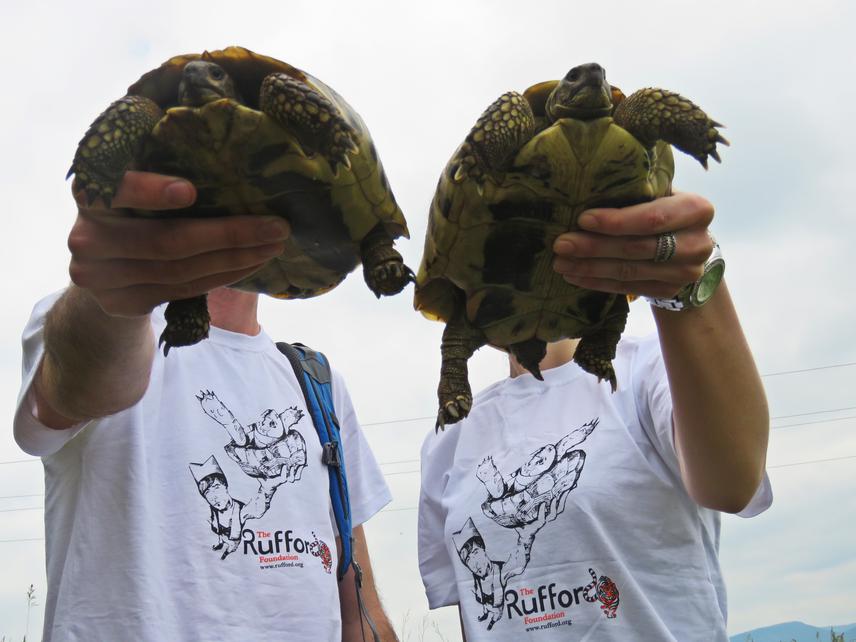Marko Nikolić
Other projects
17 Dec 2015
The Influence of Local Folklore and Cultural Heritage on the Conflict between Man and Hermann’s Tortoises (Testudo hermanni) in Serbia
22 Mar 2021
Fighting Negative Impacts of Tradition on Biodiversity by Education III – Raising Awareness
This project’s aim is to determine and mitigate the negative impact of traditional beliefs and cultural heritage on endangered wild animal species in Serbia. It will combine the data about the selected species occurrence and their presence in the traditional beliefs of local citizens. Second part of the project aims to evaluate intensity of local folklore and cultural heritage impact on the population status of Hermann’s tortoise. Finally, this project aims at educating the pupils about studied species groups, their threat status, the need to protect wild populations and the legislation related to the biodiversity protection.

In the context of my previous two RFSG projects (no. 18761-1 and no. 22238-2) we surveyed the local inhabitants in southern and eastern parts of Serbia and gathered knowledge on various local beliefs that may constitute grounds for over-harvesting of wildlife. We published two booklets about the presence of local beliefs as intended to inform the public a) about thepresence of these beliefs and b) raise awareness on the strength of their impact on biodiversity.
We have confirmed that many old-established local beliefs are still present today and that even some young people believe in them. A diversity of stories about the use of various animals in people's diet, traditional medicine and magic rituals have motivated me to continue to explore this area, this time across all the country. We have collected many data about threats to Hermann's tortoises, but also to various insects, amphibians, other reptiles, birds and mammals, that are formally legally protected in Serbia. Moreover, our previous experience has shown that fundamental research and education of local people are the most important measures which should be carried out continuously to preserve biodiversity. Also, our previous research has shown that there are species/species groups included in the folk beliefs which could be a potential trigger for harvesting or expulsion. These various beliefs might be potential triggers for hunting, persecution and killing the mentioned species.
This project’s aim is to determine and mitigate the negative impact of traditional beliefs and cultural heritage on endangered wild animal species in Serbia. It will combine the data about the selected species occurrence and their presence in the traditional beliefs of local citizens. Second part of the project aims to evaluate intensity of local folklore and cultural heritage impact on the population status of Hermann’s tortoise. Finally, this project aims at educating the pupils about studied species groups, their threat status, the need to protect wild populations and the legislation related to the biodiversity protection.